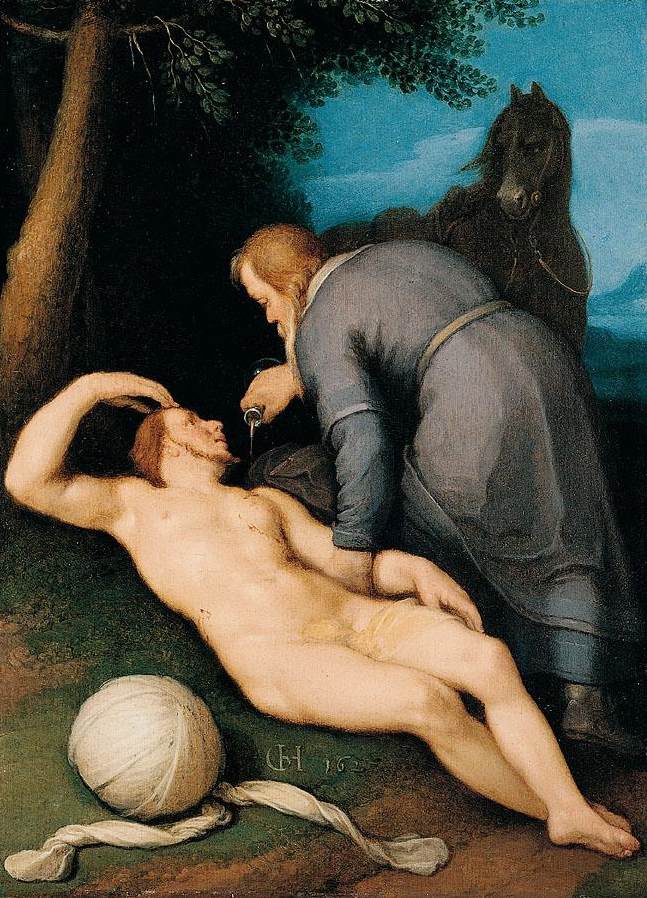Description
The painting "The Good Samaritan" by Cornelis Van Haarlem is a masterpiece of 17th century Dutch Baroque art. This work of art is a visual representation of the famous Biblical tale of the Good Samaritan. The painting measures 32 x 23 cm and is in the permanent collection of the Rijksmuseum in Amsterdam.
Van Haarlem's artistic style is characterized by the technique of oil painting, which allows him to create a rich and vibrant texture on the surface of the canvas. The composition of the painting is very interesting, as Van Haarlem uses a focusing technique in which the viewer is drawn to the center of the image, where the main character of the story, the Good Samaritan, is located.
The color of the painting is impressive, as Van Haarlem uses a palette of rich and vibrant colors to create a sense of depth and movement in the image. The warm, earthy tones of the Good Samaritan's clothing contrast with the cool, dark tones of the surrounding landscape.
The history of the painting is interesting, as it is based on the Biblical story of the Good Samaritan, which tells the story of a man who is robbed and left on the road. A priest and a Levite pass by and ignore him, but a Samaritan helps him and takes him to an inn to be cured.
A little-known aspect of the painting is that Van Haarlem originally painted it as part of a series of seven paintings depicting works of mercy. The painting of the Good Samaritan is the only one that has survived to this day.
In summary, the painting "The Good Samaritan" by Cornelis Van Haarlem is a masterpiece of Dutch Baroque art that stands out for its artistic style, composition, color and the story behind it. It is a work of art that deserves to be appreciated and admired for its beauty and meaning.

